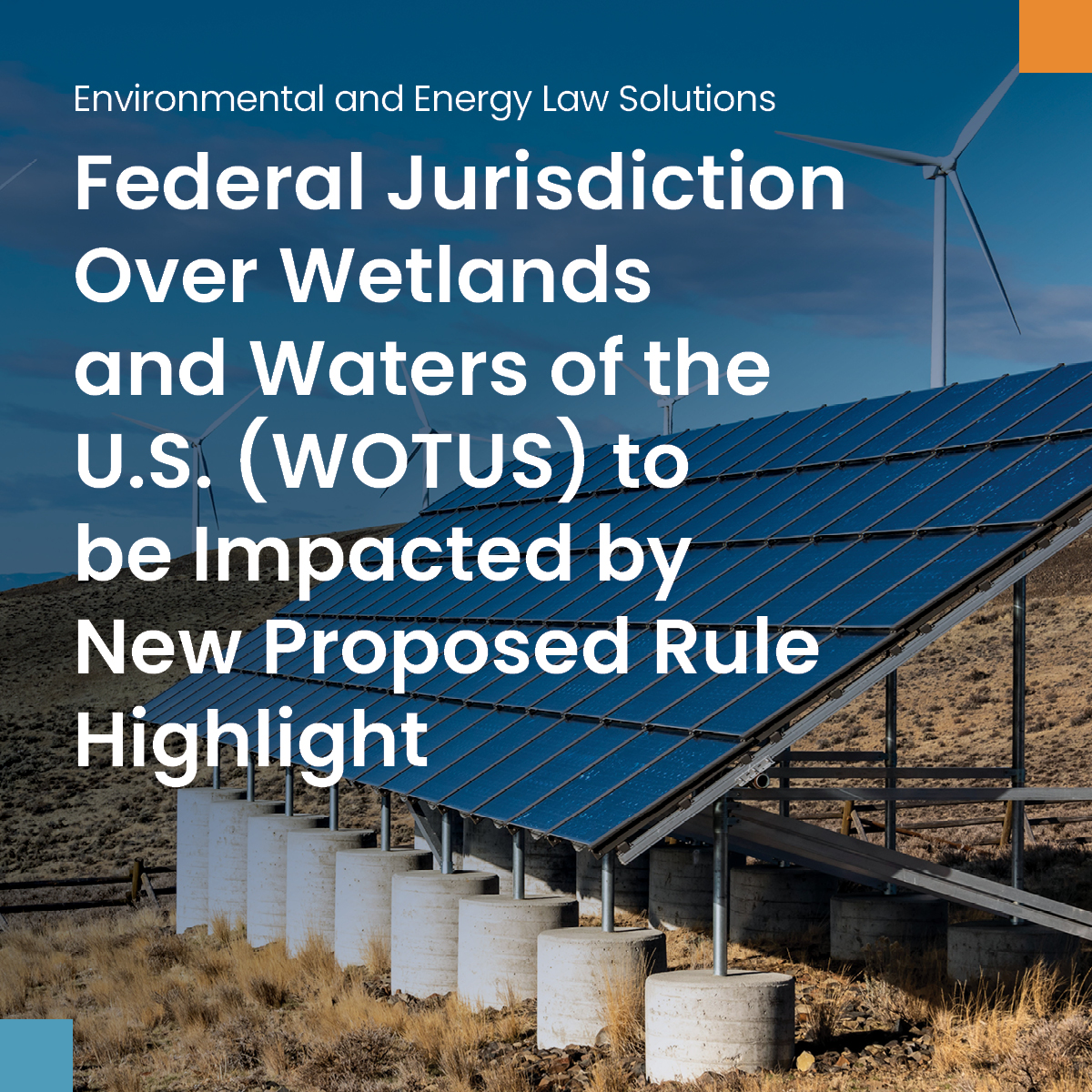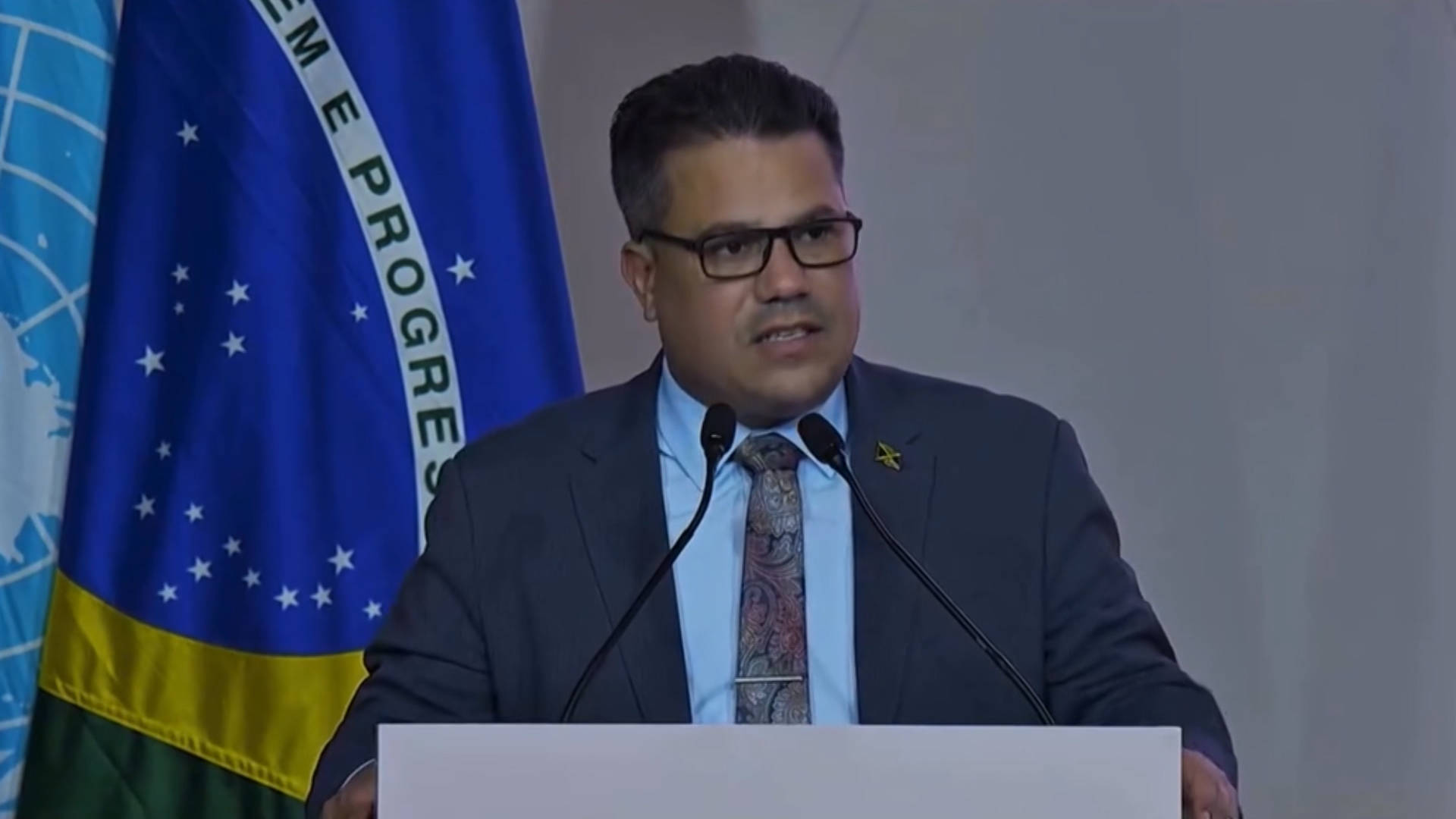Majorities in India think global warming is affecting extreme weather – Yale Program on Climate Change Communication

Report on Climate Change Perception in India and Implications for Sustainable Development Goals
This report outlines findings from the new Climate Opinion Maps for India, which detail public experience with extreme weather, risk perceptions, and causal beliefs across 34 states and Union territories. As the world’s third-largest greenhouse gas emitter and a highly climate-vulnerable nation, India’s public opinion on climate change is critical for achieving the Sustainable Development Goals (SDGs), particularly SDG 13 (Climate Action).
Key Findings on Climate Change Perception
Widespread Experience with Climate-Related Hazards
A majority of the Indian population reports direct experience with extreme weather events over the past 12 months, events that directly threaten progress on multiple SDGs. These experiences underscore the urgent need for adaptation and resilience measures as outlined in SDG 11 (Sustainable Cities and Communities) and SDG 13.
- Severe heat waves: 71%
- Agricultural pests and diseases: 59%
- Electricity power outages: 59%
- Water pollution: 53%
- Droughts and water shortages: 52%
- Severe air pollution: 51%
Public Attribution of Extreme Weather to Climate Change
A significant majority of the Indian public believes global warming is affecting extreme weather events. This widespread understanding provides a strong social mandate for policies aimed at climate mitigation and adaptation, aligning with the targets of SDG 13.
High National Consensus on Climate Change Reality
There is a consistent and high level of belief in the reality of climate change across India. When provided with a definition, 96% of the population thinks global warming is happening, with no district falling below 90%. This consensus is a crucial asset for mobilizing nationwide efforts towards sustainable development.
Detailed Analysis of Climate Impacts and SDG Linkages
SDG 13: Climate Action
The data confirms that climate change is not an abstract concept but a lived reality for Indians, with extreme weather events recorded on 322 days in 2024. The high public awareness (96% believe global warming is happening) and personal experience (81% report experiencing its effects) create a fertile ground for implementing ambitious climate policies and strengthening adaptive capacity.
Impacts on Health, Food, and Water Security
The reported experiences with climate hazards have direct implications for several fundamental SDGs.
- SDG 3 (Good Health and Well-being): Widespread experience with severe heat waves (71%) and severe air pollution (51%) poses significant risks to public health.
- SDG 2 (Zero Hunger): Threats to food security are evident, with 59% experiencing agricultural pests and diseases, 52% facing droughts, and 38% reporting famines or food shortages.
- SDG 6 (Clean Water and Sanitation): Water security is under pressure, as indicated by 52% of the population experiencing droughts and water shortages and 53% experiencing water pollution.
Infrastructure and Community Resilience
The findings highlight vulnerabilities in national infrastructure and community resilience, which are central to several SDGs.
- SDG 7 (Affordable and Clean Energy): Frequent electricity power outages, experienced by 59% of the population, reveal the vulnerability of the energy infrastructure to climate impacts and underscore the need for a resilient, clean energy transition.
- SDG 11 (Sustainable Cities and Communities): The high incidence of severe storms (41%) and floods (34%) necessitates enhanced planning for climate-resilient urban and rural settlements.
Biodiversity and Ecosystems
Public opinion strongly supports the protection of ecosystems, a core component of SDG 15.
- SDG 15 (Life on Land): A vast majority of the population (81%) believes that global warming is affecting the extinction of plant and animal species, indicating public support for conservation and biodiversity protection efforts.
Regional Disparities and Policy Implications
Geographical Variations in Climate Vulnerability
The report identifies significant regional differences in climate change experiences, necessitating tailored adaptation strategies. For example:
- Over 75% of residents in northern states like Rajasthan and Delhi have experienced severe heat waves.
- In Odisha, 64% have experienced severe cyclones, far exceeding the national average of 35%.
Informing State and District Action Plans
This granular data on public opinion and experience is an invaluable tool for policymakers. A detailed understanding of how climate perceptions vary by district can help leaders formulate more effective State and District Climate Action Plans, thereby localizing the implementation of the SDGs and enhancing climate resilience from the ground up.
Methodological Note
The findings are derived from a robust statistical model using multilevel regression with post-stratification (MRP). The model combines survey data from over 19,000 respondents collected between 2022 and 2025 with demographic and geographic data. The model is accurate to approximately ±6 percentage points at the state level and ±8 percentage points at the district level.
Conclusion and Recommendations
Leveraging Public Awareness for SDG Achievement
The high level of public awareness and concern about climate change in India represents a critical opportunity. This consensus can be leveraged to accelerate progress on the 2030 Agenda for Sustainable Development, particularly SDG 13 and its interconnected goals.
Recommendations for Stakeholders
- Policymakers: Utilize the district-level data to develop and implement targeted, evidence-based climate adaptation and mitigation plans that address specific local vulnerabilities and align with national SDG commitments.
- Communicators: Reinforce the scientifically established link between fossil fuel consumption, global warming, and extreme weather events to sustain public support for climate action and sustainable development policies.
- Development Practitioners: Integrate climate risk perceptions and vulnerability data into program design to build resilience in sectors critical to the SDGs, including health (SDG 3), agriculture (SDG 2), water (SDG 6), and energy (SDG 7).
Analysis of Sustainable Development Goals in the Article
1. Which SDGs are addressed or connected to the issues highlighted in the article?
The article on climate opinion in India touches upon several Sustainable Development Goals (SDGs) due to its focus on the widespread impacts of climate change and extreme weather on the population and environment. The following SDGs are directly relevant:
- SDG 13: Climate Action: This is the central theme of the article. It discusses India’s vulnerability to climate change, the high frequency of extreme weather events, and the public’s perception and awareness of global warming’s role in these events. The entire purpose of the climate opinion maps is to support climate adaptation and action plans.
- SDG 2: Zero Hunger: The article explicitly mentions that majorities of Indians have experienced “agricultural pests and diseases” (59%) and a significant portion has experienced “famines and food shortages” (38%). These issues directly threaten food security, which is the core of SDG 2.
- SDG 3: Good Health and Well-being: The article highlights public experience with “severe air pollution” (51%) and “water pollution” (53%), both of which are major environmental health risks addressed by SDG 3. Additionally, events like severe heat waves and famines have direct negative impacts on human health.
- SDG 6: Clean Water and Sanitation: The text directly points to issues of water security and quality. It states that 53% of Indians have experienced “water pollution” and 52% have experienced “droughts and water shortages,” which are key concerns of SDG 6.
- SDG 7: Affordable and Clean Energy: The reliability of energy infrastructure is a key component of this goal. The article notes that 59% of Indians have experienced “electricity power outages,” indicating a challenge in providing reliable energy services, especially in the face of extreme weather.
- SDG 11: Sustainable Cities and Communities: This goal aims to make human settlements resilient and sustainable. The article’s focus on the impacts of disasters like “severe floods” (34%), “severe cyclones” (35%), and “severe air pollution” (51%) on the population is directly related to making communities safer and more resilient. The call to create stronger “district climate action plans” reinforces this connection.
- SDG 15: Life on Land: The article mentions that a majority of adults (81%) believe global warming is affecting “extinctions of plant and animal species.” This directly connects to the aims of SDG 15 to protect biodiversity and ecosystems.
2. What specific targets under those SDGs can be identified based on the article’s content?
Based on the issues discussed, several specific SDG targets can be identified:
- Under SDG 13 (Climate Action):
- Target 13.1: Strengthen resilience and adaptive capacity to climate-related hazards and natural disasters in all countries. The article’s entire premise is built on understanding the public’s experience with hazards like heat waves, droughts, floods, and cyclones to better prepare for them.
- Target 13.3: Improve education, awareness-raising and human and institutional capacity on climate change mitigation, adaptation, impact reduction and early warning. The article analyzes public opinion and beliefs about climate change, highlighting the need for communicators to explain the “cause-and-effect relationship” and for leaders to use this data for “climate action plans.”
- Under SDG 2 (Zero Hunger):
- Target 2.4: By 2030, ensure sustainable food production systems and implement resilient agricultural practices that increase productivity and production… and strengthen capacity for adaptation to climate change, extreme weather, drought, flooding and other disasters. The mention of “agricultural pests and diseases,” “famines,” and “droughts” directly relates to the need for resilient agriculture in the face of climate change.
- Under SDG 6 (Clean Water and Sanitation):
- Target 6.3: By 2030, improve water quality by reducing pollution. The article explicitly states that 53% of the population has experienced “water pollution.”
- Target 6.4: By 2030, substantially increase water-use efficiency… and ensure sustainable withdrawals and supply of freshwater to address water scarcity. The widespread experience of “droughts and water shortages” (52%) points directly to this target.
- Under SDG 7 (Affordable and Clean Energy):
- Target 7.1: By 2030, ensure universal access to affordable, reliable and modern energy services. The fact that 59% of Indians experienced “electricity power outages” indicates a lack of reliable energy services, a key aspect of this target.
- Under SDG 11 (Sustainable Cities and Communities):
- Target 11.5: By 2030, significantly reduce the number of deaths and the number of people affected… by disasters, including water-related disasters. The article details the percentage of the population affected by floods, cyclones, and storms, which is central to this target.
- Target 11.6: By 2030, reduce the adverse per capita environmental impact of cities, including by paying special attention to air quality. The finding that 51% of Indians experienced “severe air pollution” is a direct measure related to this target.
3. Are there any indicators mentioned or implied in the article that can be used to measure progress towards the identified targets?
Yes, the article is rich with quantitative data from a national survey that can serve as direct or proxy indicators for measuring progress towards the identified targets. These indicators are based on the public’s personal experience and perceptions.
- For Target 13.1 (Resilience to disasters): The percentage of the population reporting personal experience with specific climate-related hazards in the past 12 months.
- Indicator: 71% experienced severe heat waves.
- Indicator: 52% experienced droughts and water shortages.
- Indicator: 35% experienced severe cyclones.
- Indicator: 34% experienced severe floods.
- For Target 13.3 (Climate change awareness): The percentage of the population that believes in and understands the causes and effects of climate change.
- Indicator: 96% of Indians think global warming is happening.
- Indicator: Percentage of adults who think global warming is affecting extreme weather events (e.g., 78% for heat waves, 77% for droughts).
- For Targets related to food, water, energy, and pollution: The percentage of the population reporting direct experience with service disruptions or environmental degradation.
- Indicator (Target 2.4): 59% experienced agricultural pests and diseases; 38% experienced famines and food shortages.
- Indicator (Target 6.3): 53% experienced water pollution.
- Indicator (Target 7.1): 59% experienced electricity power outages.
- Indicator (Target 11.6): 51% experienced severe air pollution.
4. Table of SDGs, Targets, and Indicators
| SDGs | Targets | Indicators (Based on the article) |
|---|---|---|
| SDG 13: Climate Action | 13.1: Strengthen resilience and adaptive capacity to climate-related hazards.
13.3: Improve education and awareness-raising on climate change. |
Percentage of population experiencing climate hazards: heat waves (71%), droughts (52%), severe cyclones (35%), severe floods (34%).
Percentage of population that believes global warming is happening (96%). |
| SDG 2: Zero Hunger | 2.4: Ensure sustainable food production systems and implement resilient agricultural practices. | Percentage of population experiencing agricultural pests and diseases (59%). Percentage of population experiencing famines and food shortages (38%). |
| SDG 6: Clean Water and Sanitation | 6.3: Improve water quality by reducing pollution.
6.4: Address water scarcity. |
Percentage of population experiencing water pollution (53%).
Percentage of population experiencing droughts and water shortages (52%). |
| SDG 7: Affordable and Clean Energy | 7.1: Ensure universal access to reliable energy services. | Percentage of population experiencing electricity power outages (59%). |
| SDG 11: Sustainable Cities and Communities | 11.5: Reduce the number of people affected by disasters.
11.6: Reduce the adverse per capita environmental impact of cities (e.g., air quality). |
Percentage of population experiencing severe storms (41%) and severe floods (34%).
Percentage of population experiencing severe air pollution (51%). |
| SDG 15: Life on Land | 15.5: Take urgent and significant action to reduce the degradation of natural habitats, halt the loss of biodiversity. | Percentage of adults who think global warming is affecting extinctions of plant and animal species (81%). |
Source: climatecommunication.yale.edu
What is Your Reaction?
 Like
0
Like
0
 Dislike
0
Dislike
0
 Love
0
Love
0
 Funny
0
Funny
0
 Angry
0
Angry
0
 Sad
0
Sad
0
 Wow
0
Wow
0














































































